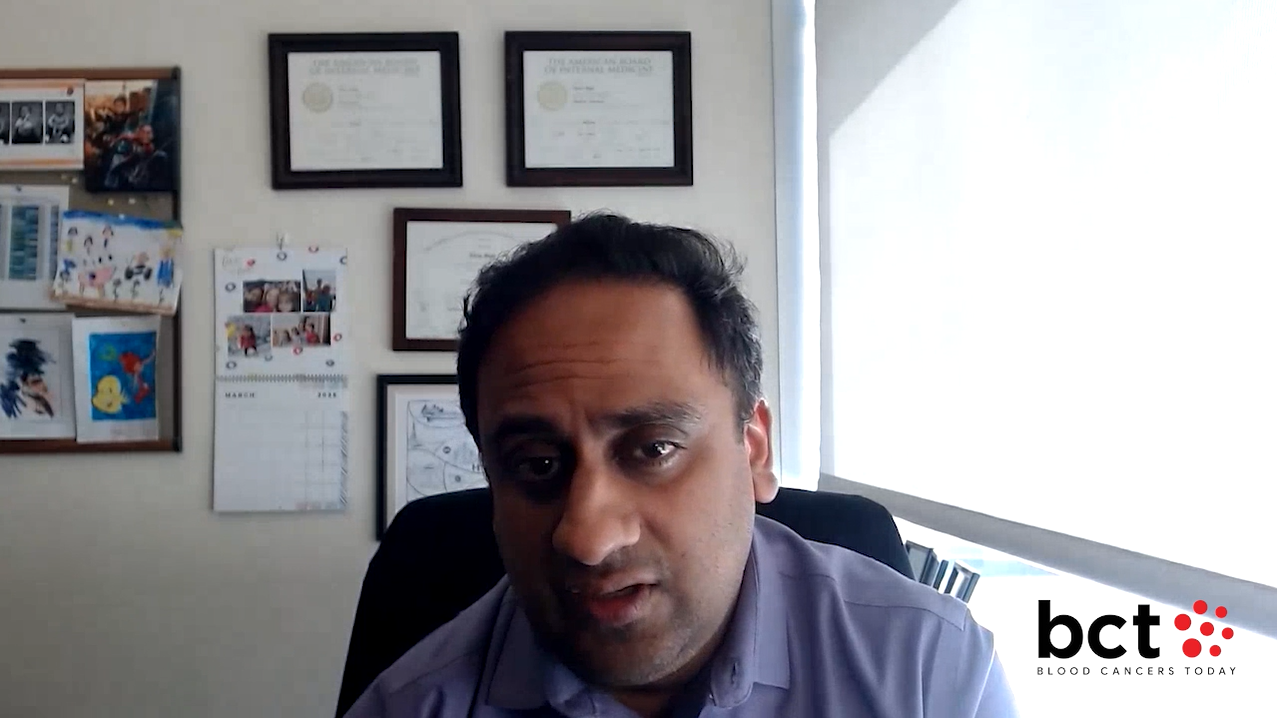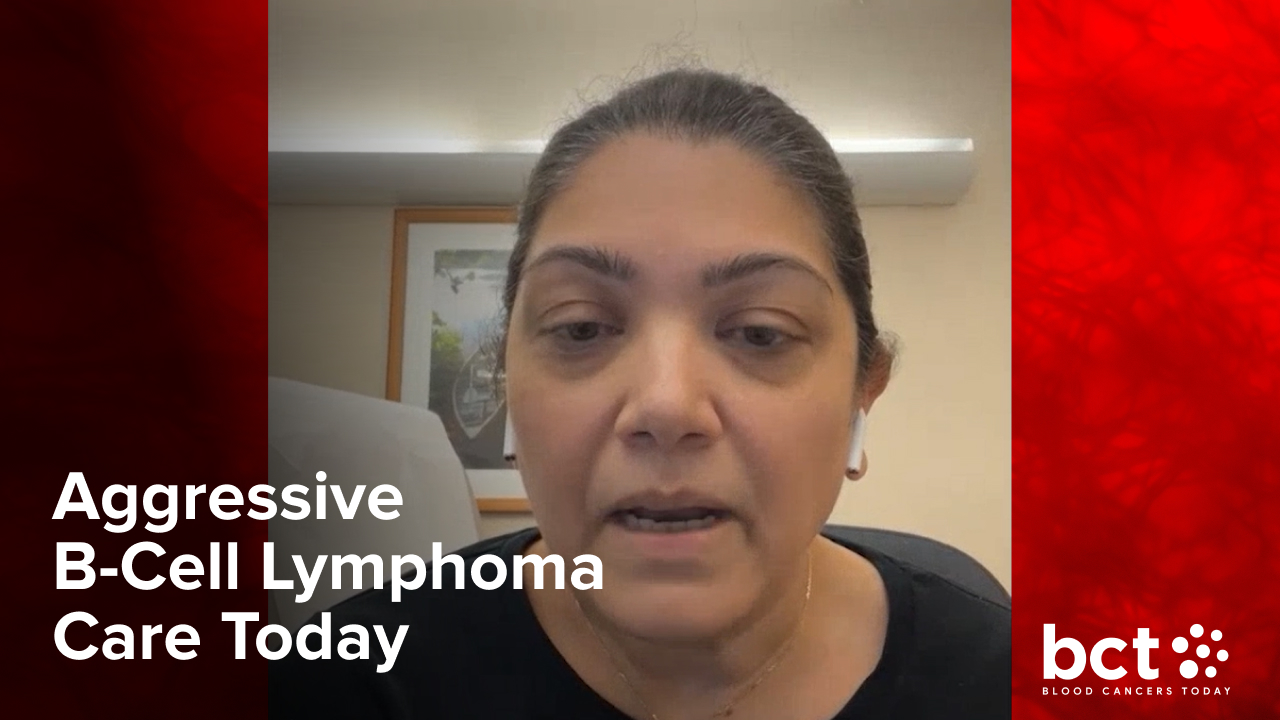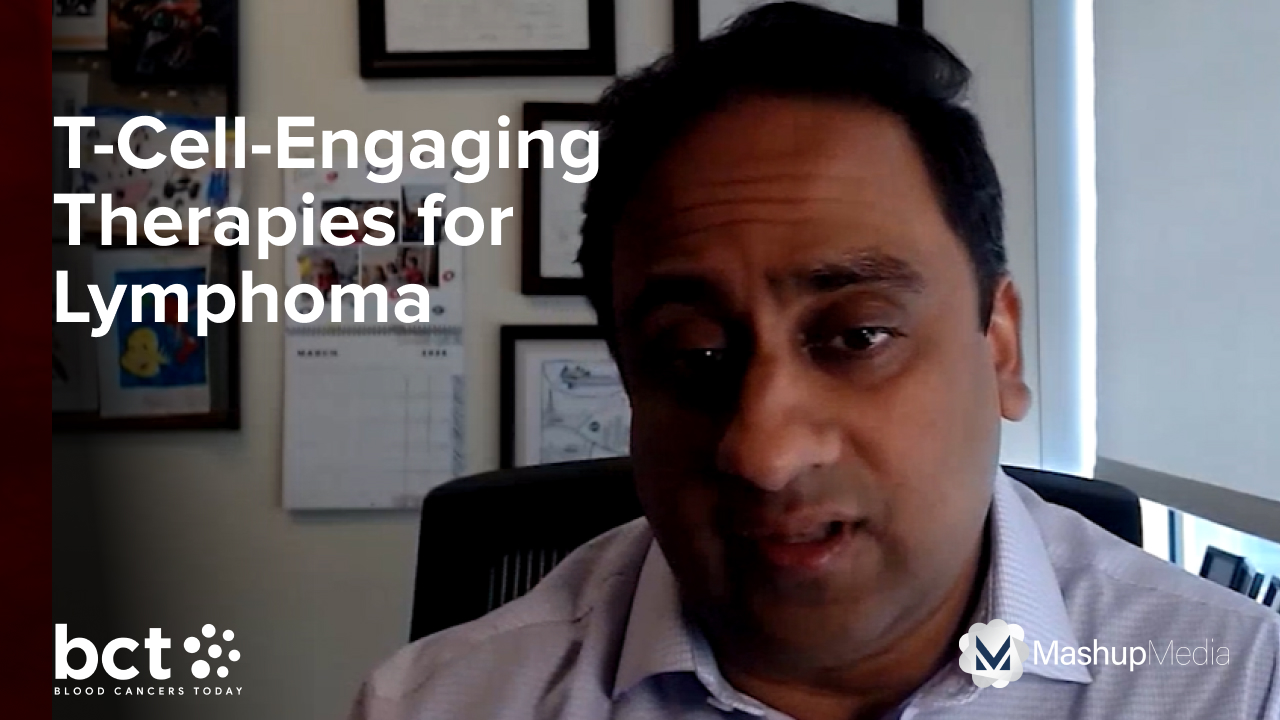What Is the Future for CAR-T in Multiple Myeloma?
By Sagar Lonial, MD, FACP, Noopur Raje, MD, Angela Dispenzieri, MD - Last Updated: October 15, 2023A roundtable discussion, moderated by Sagar Lonial, MD, FACP, Blood Cancers Today Editor-in-Chief, of the Winship Cancer Institute at Emory University School of Medicine, focused on the latest updates in CAR T-cell therapy for multiple myeloma. Dr. Lonial was joined by Noopur Raje, MD, and Krina Patel, MD, MSc.
In the final segment of the roundtable series, the panel talks about the future of CAR-T: more targets, sequencing, and other patient considerations.
Watch all segments from this series.
—
Dr. Lonial: I think we’ve talked a lot about approved agents and where we think those are going to go; how to intersperse it with current treatment paradigms. What does the future look like? What are we anticipating, whether it’s what you described in your trial about using short-duration bispecific maintenance or new products? I remember five years ago there were like seven different BCMA CARs [chimeric antigen receptors] that were out there. Now that’s dried up just a little bit. What do you think the future is going to hold in terms of new products, new trials, new approaches to make a CAR better?
Dr. Raje: Yeah. I do think there’s room for more CARs, right? We are just at the beginning of the whole CAR T-cell experience. I think it’s great that we’ve seen the response rates we’ve seen. We need to do a whole lot better with durability of response. We are talking about cure earlier. Well, 36 months is great, but we want to do better. I do think having more CARs in this space is going to be important.
Having other targets is something. It cannot all be about BCMA. We already have other CARs with GPCR5D, etc., accessible and available. In the old days, I would have said an autologous CAR is probably not the best option if we hadn’t seen the kinds of response rates that we’ve seen. Allogeneic CARs would be for I think a subset of myeloma patients who are not able to make CARs, which is really not that many. It’s a small minority.
In the future, we’ve got to be able to use some of these immunotherapies either sequentially … I don’t think you can look at them in isolation. How can we build on the T-cell engagers, the CARs, and how can we combine them to improve on the durability and still do something like a fixed duration? We do not want to have patients or treatment forever, and that would be the definition of cure. I do think we have the tools where we are going to be able to get there.
Dr. Lonial: I think it’s interesting you brought up the 36 months and how do we make that better? How do we increase the cure fraction? I don’t know about you, but every patient that I see for a transplant consult says, “Well, can I get a CAR instead of a transplant?” My response is, “The best PFS [progression-free survival] we’ve seen is about 33 to 36 months. I can give you 65 months with a transplant and lenalidomide maintenance. Do you really want to take that chance? I know there are trials going on now, to answer that question, but I’m not quite sure we’re there yet.
Dr. Patel: Right. No, I agree. I think the potential is definitely there. These are more targeted. But I do think if we want to see that cure fraction go up, it is going to be multi-antigen, multi-mechanism of action in the right sequence to really clear that bone marrow and hopefully help their own immune cells instead of an allogeneic transplant, right? How do we mimic that without doing a full on allogeneic transplant?
But I agree. Everything Noopur said is the most important part of this. The patient’s quality of life as well as keeping their PFS. Hopefully, again, a real cure. Not even just a functional cure. I’m a millennial, so I have these hopes and dreams. But I think other immune therapies like immunomodulatory drugs or CELMoDs, how are you going to put those in with this? I think the future’s really going to be pretty amazing to continue doing all this work.
Dr. Lonial: Yeah. No, I think it is an exciting time. Other products that are doing more rapid manufacturing, things along those lines, will hopefully narrow so that the pool of people will increase, not decrease. I think that’s really exciting stuff coming on.






 © 2025 Mashup Media, LLC, a Formedics Property. All Rights Reserved.
© 2025 Mashup Media, LLC, a Formedics Property. All Rights Reserved.